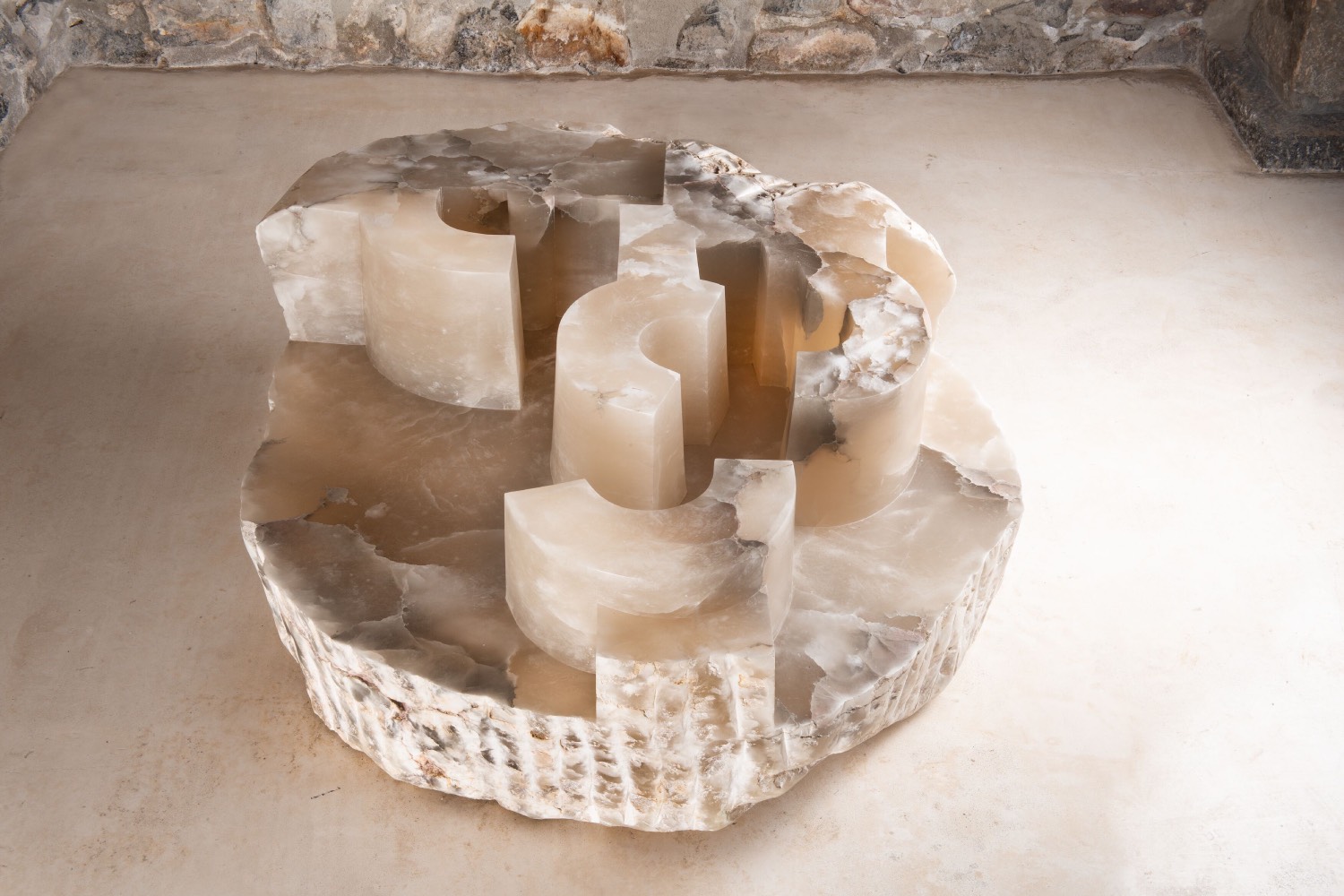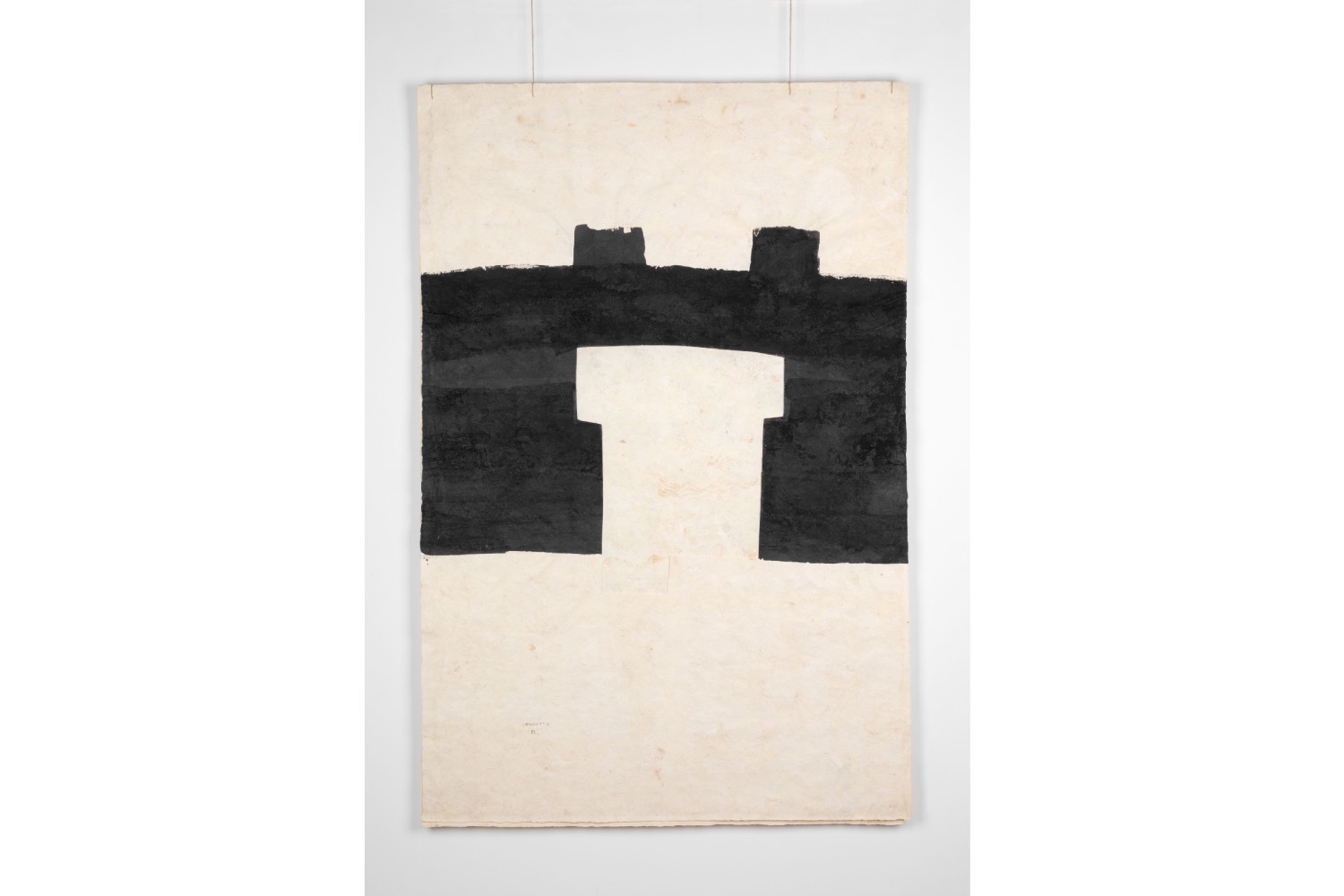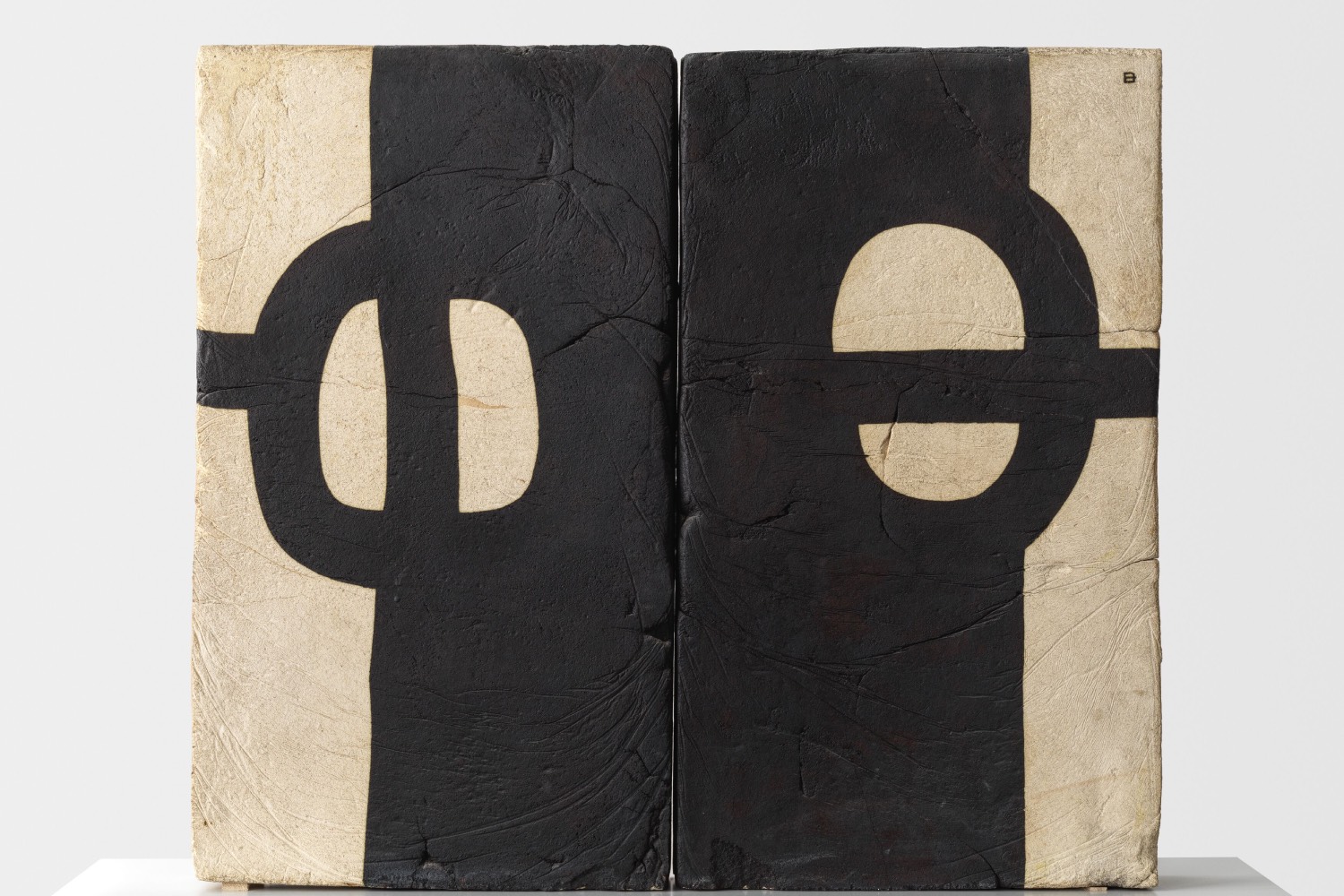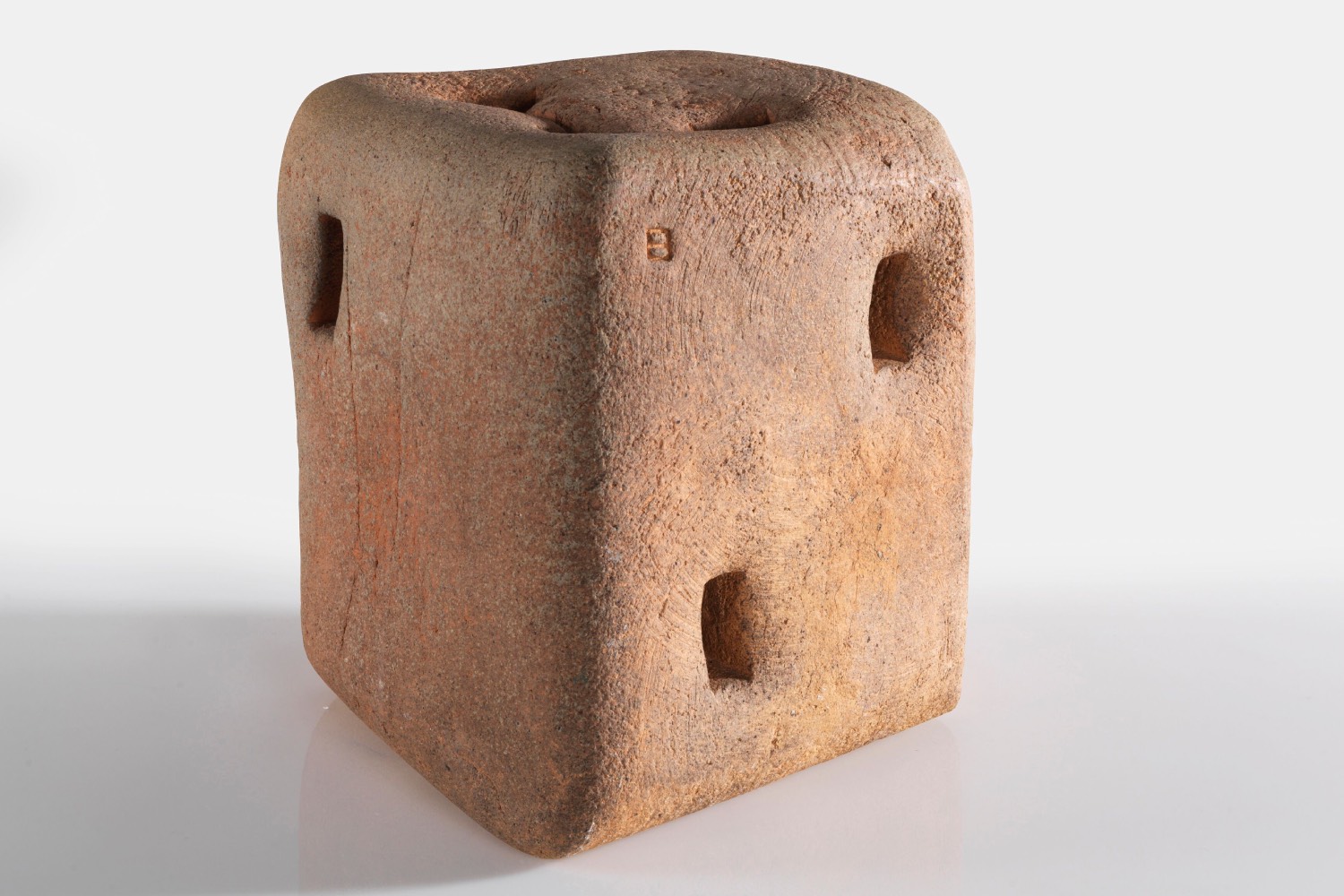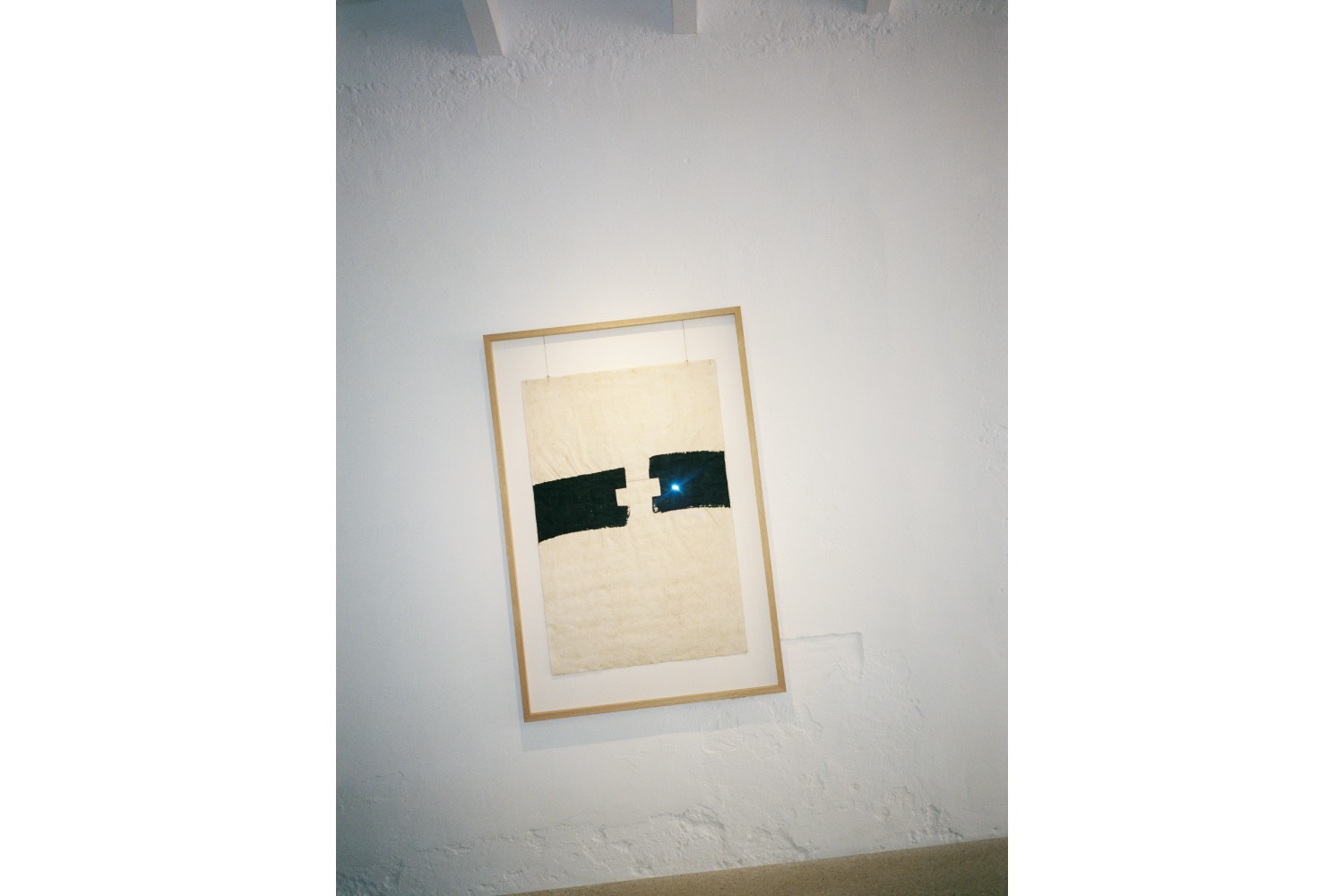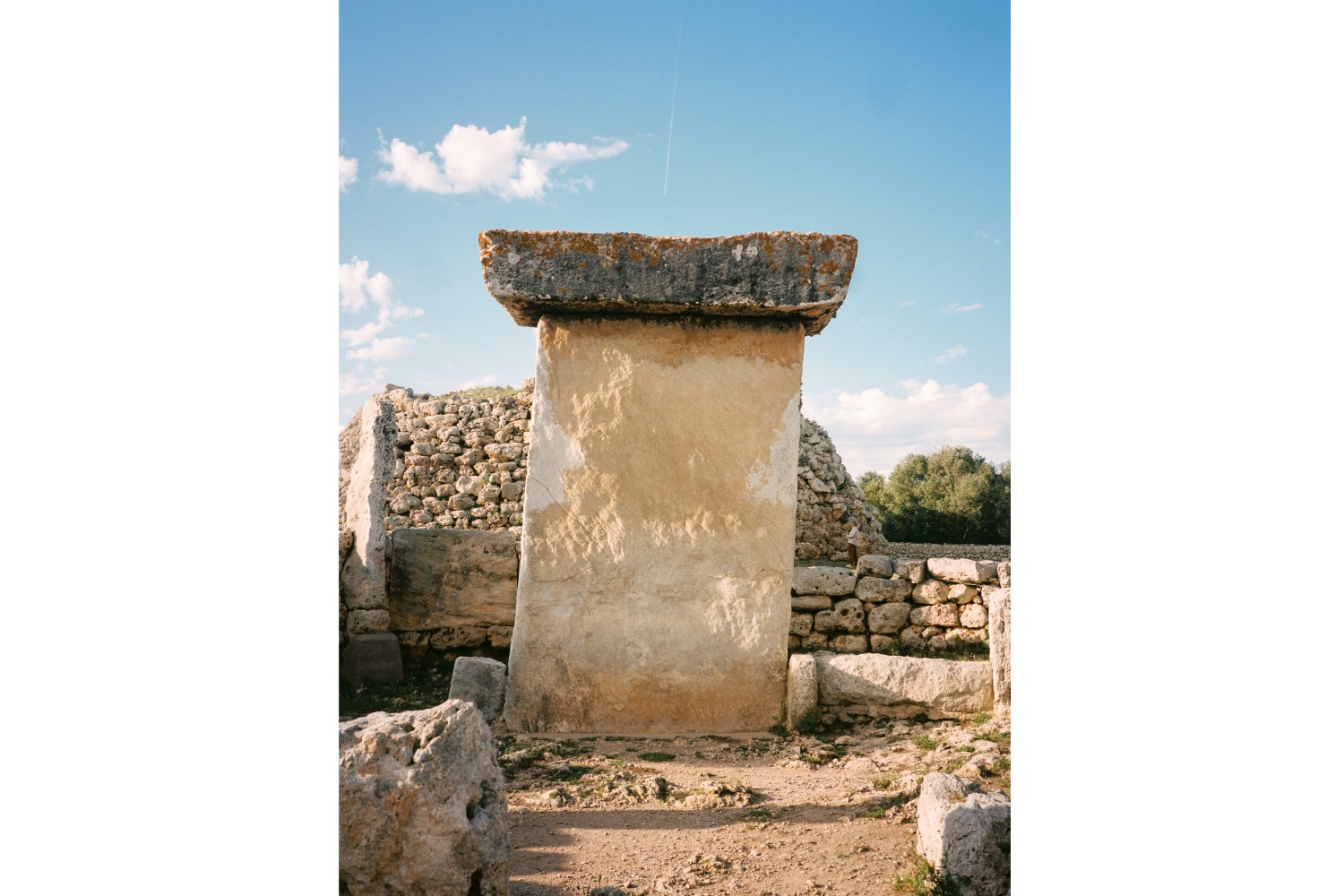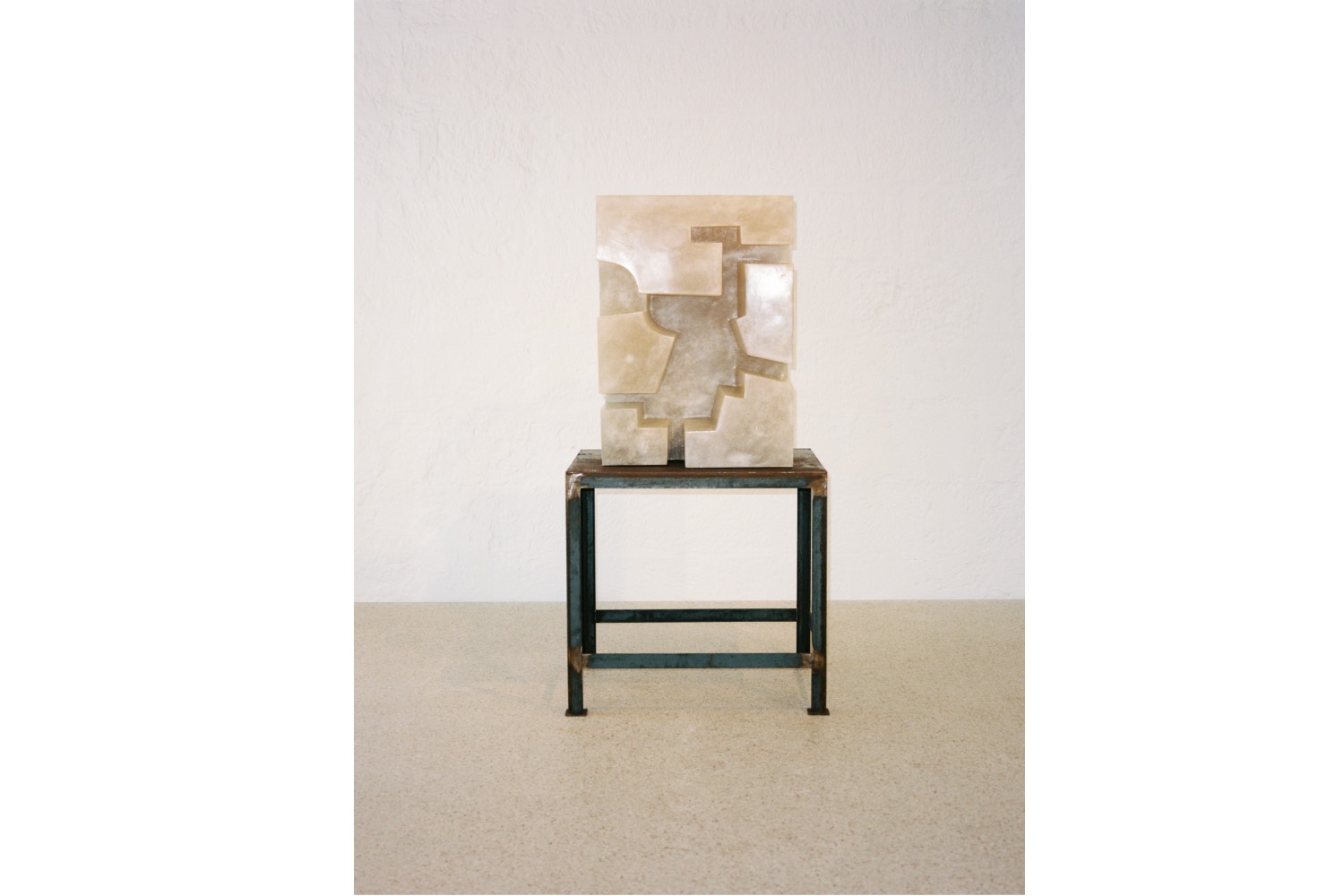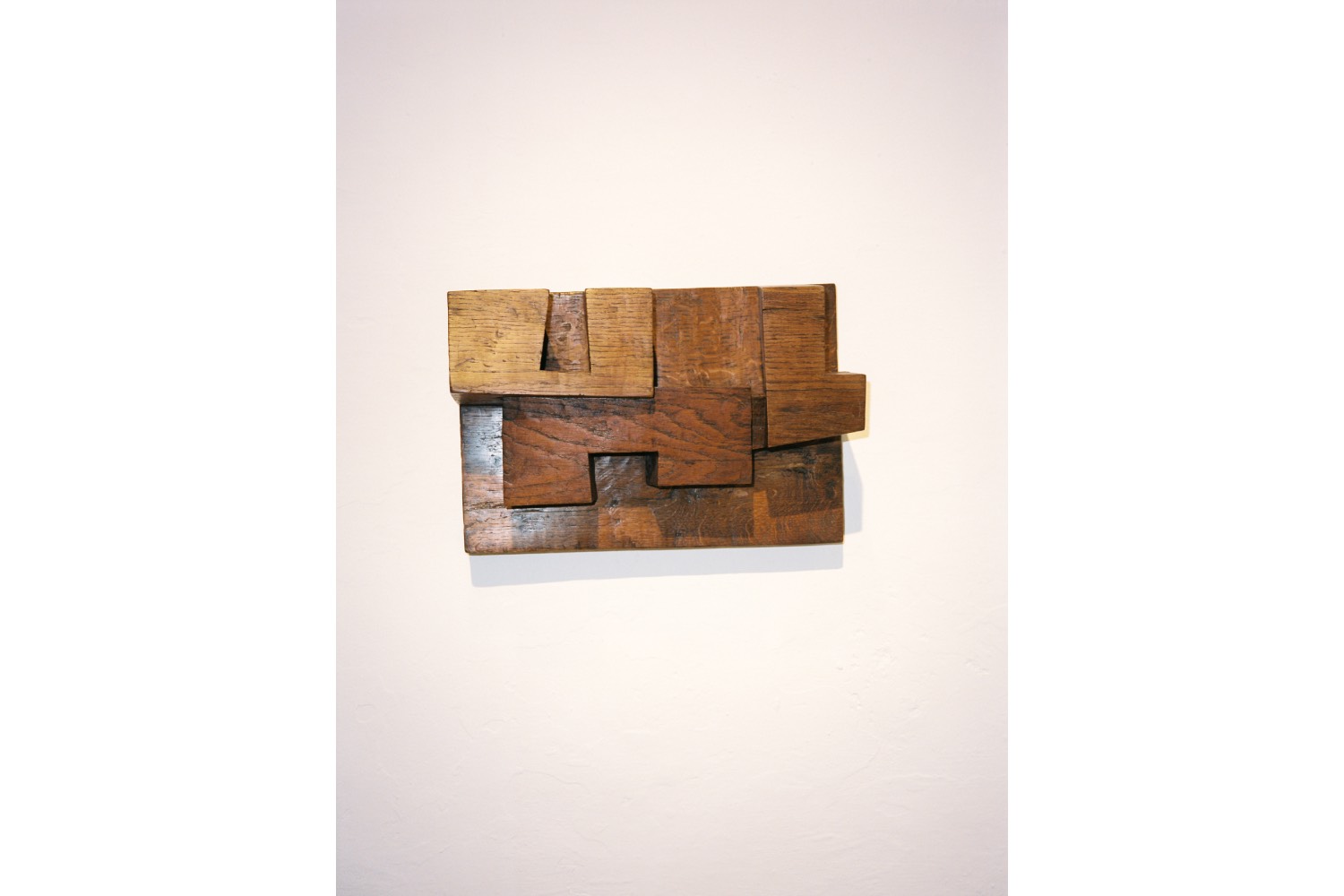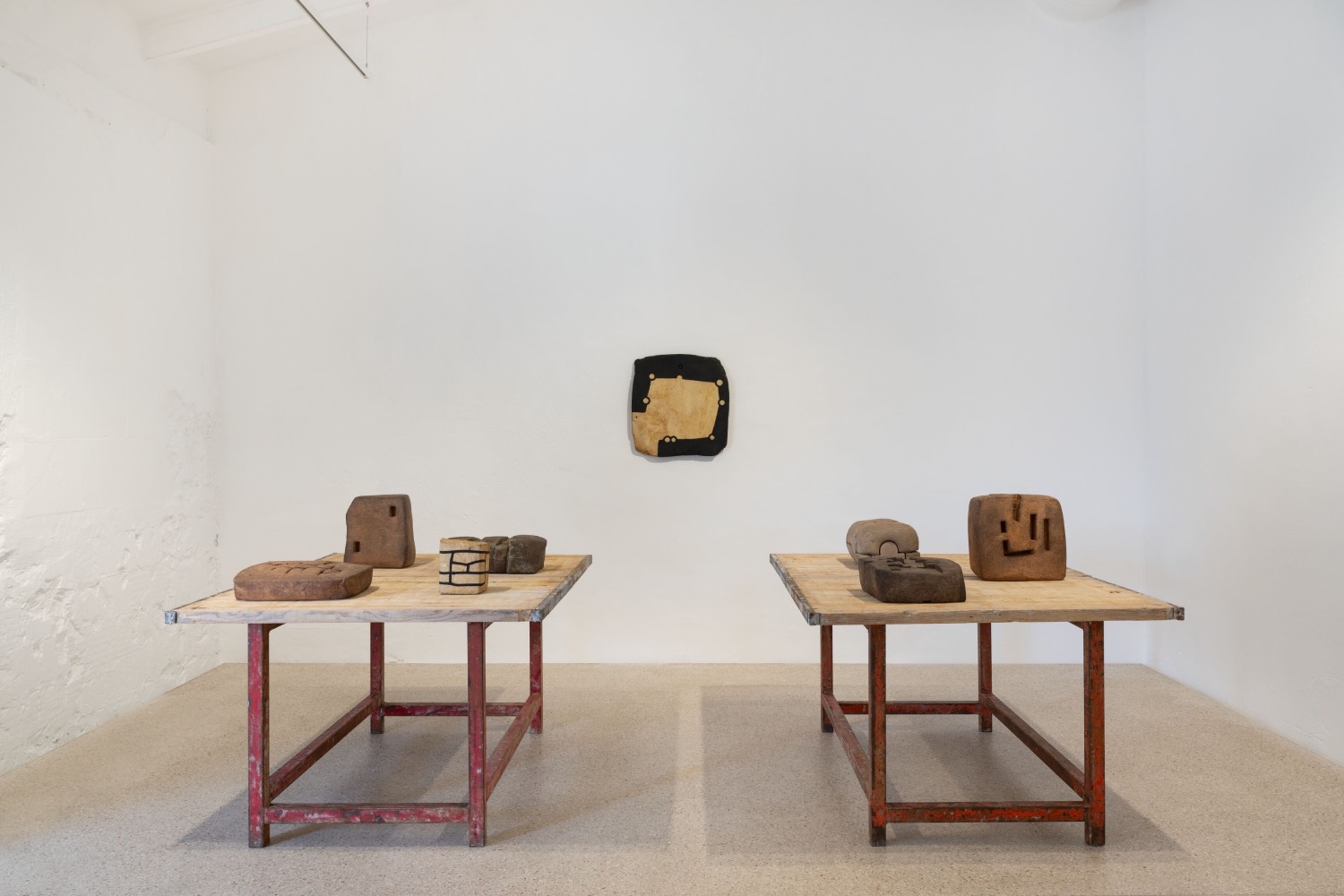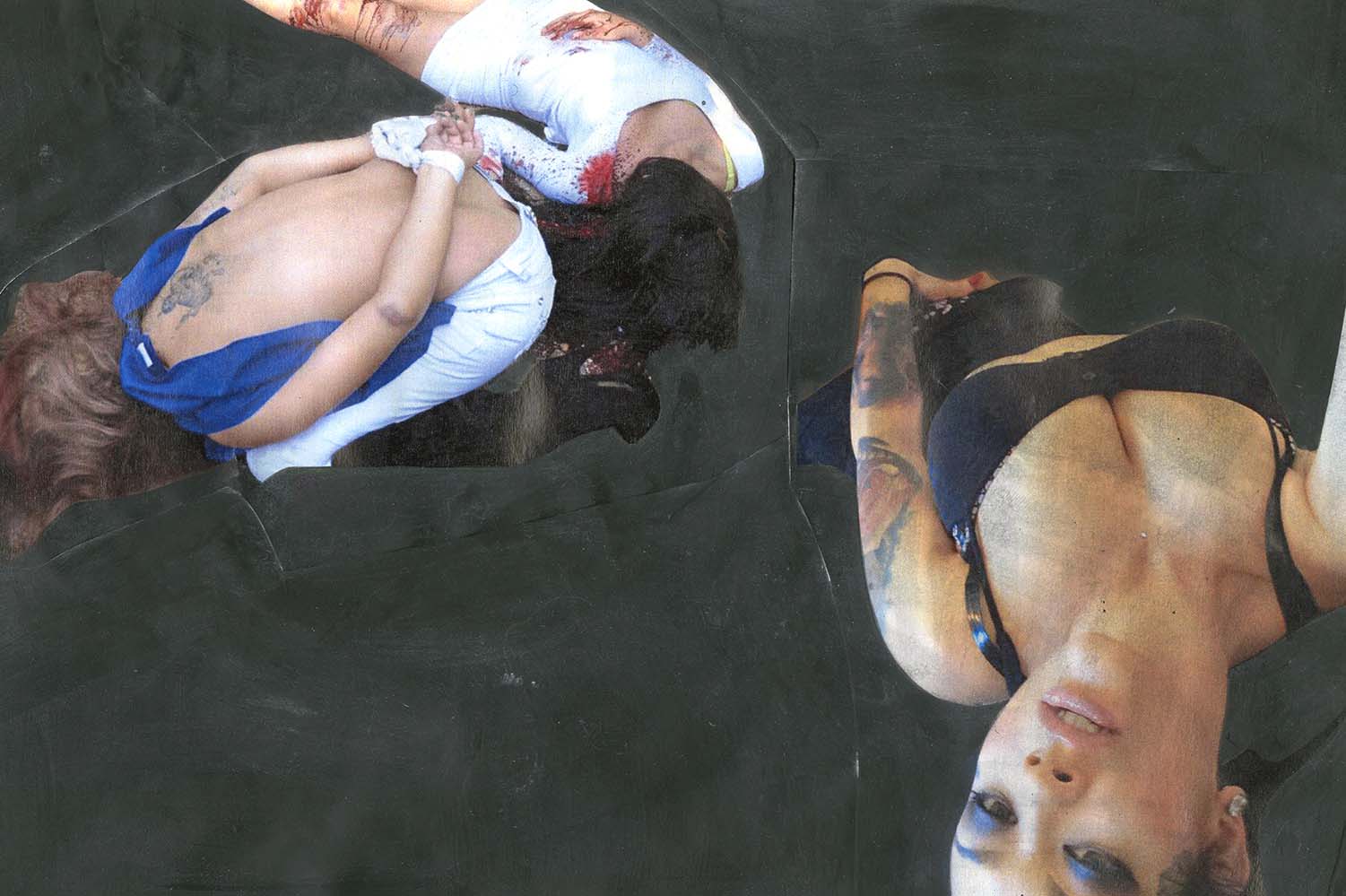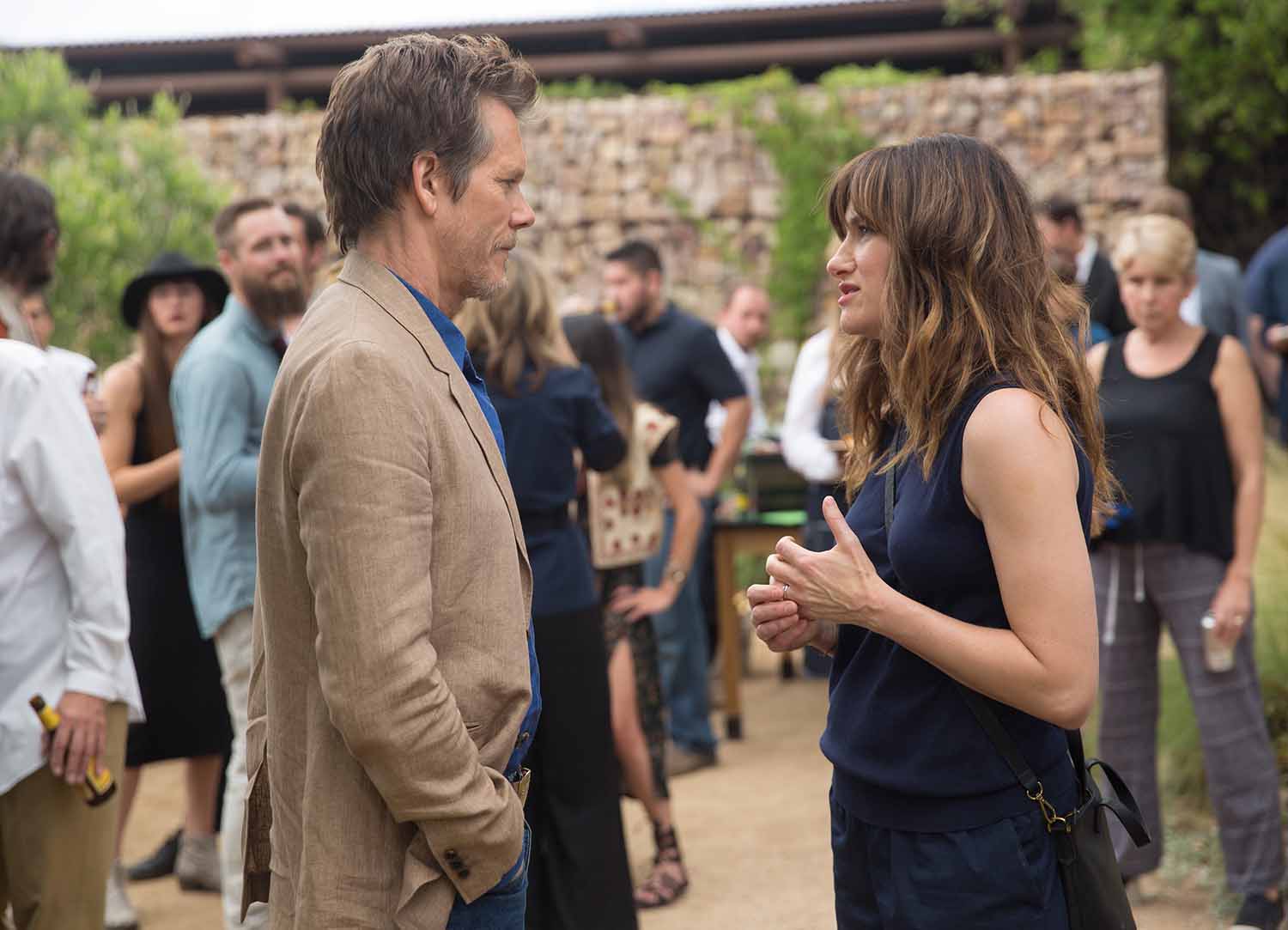The bright Mediterranean light has enchanted many an artist, and not least the great Basque sculptor Eduardo Chillida (1924-2002) – who in his later years descended upon the island of Minorca with his wife Pilar and 8 children for summers spent working and playing in the Balearic sun. There, people speak of ‘the light’ as a material aspect of everyday life, just as one might speak of traffic in the city. The island represents Spain’s most Eastern point, and the circadian rhythms are in full effect there: as locals and tourists alike can be seen up at dawn watching the sun rise over the sea.
Hailing from San Sébastien, Chillida’s practice played out for the most part in the ‘dark’ light of his country’s northern Atlantic coastline, where moody storms and roiling seas provide the backdrop to his massive sculptures through which he continued to question volume, space and organic abstraction until his death in 2002. In Minorca, he found solace away from his artisans, workshop and forge, focusing on his writing, works on paper, and the solid clay ‘Lurra’ sculptures – many of which have returned to the island this summer on show at Hauser & Wirth Minorca, celebrating the artist’s centenary year.
Marking the gallery’s fourth summer season on the island, Chillida’s show is a double billing with the American artist Roni Horn, each occupying a separate wing of the Luis Laplace-designed galleries until October 27th. Following exhibitions by the likes of Mark Bradford, Rashid Johnson and Christina Quarles, together they represent the gallery’s first focus on sculpture. The intergenerational pairing of artists is a romantic one, in that the two share an unexpected common interest: though their sculpture practices explore divergent notions of opacity and transparency, perfection and fragility, they both possess a deep affinity with the written word. Horn’s writings and poetic inspirations are directly assimilated into her sculptural practice, as per the Emily Dickinson quotes embedded in the aluminium ‘Key and Cue’ totem poles that join her canonical cast glass works here. Chillida’s words, on the other hand, remained private and entirely separate from his practice until a new book published by the estate in 2019 further affirmed his philosophical and experimental approach to sculpture as a constant search for meaning and a fervent curiosity for the natural world.
From his gouged-out granite monoliths to graphic topographies carved in silky blocks of alabaster, it is not difficult to draw further parallels between Chillida’s unique material studies (he never made editions) with Minorca’s sense of genus loci transmitted by the Talayot ruins: magnificent UNESCO World Heritage-listed stone totems from the Iron Age that reveal glimpses into the domestic lives of the Menorcan people circa 9th century BCE. They were not far from the mind of the Argentine architect Luis Laplace either, whose long-standing relationship with Hauser & Wirth saw him charged not only with the remodel of the Illa del Rei buildings for the gallery’s Minorca outpost, but also the 2019 restoration of Chillida Leku – a 16th century barn that houses Chillida’s archives and the collection of his estate.
“I think it is so interesting to bring Chillida’s work back to Minorca, back to a place he loved and knew so well,” says Laplace, whose minimalist interventions in the gallery renovation include a recessed terrazzo floor that seems to float between the textured white walls, and arched or bevelled doorways that add depth and shadow. “When I worked at Chillida Leku in the North, the approach was similar yet at the same time very different because the light itself is different and materials were different,” he said. “Though some of these pieces were conceived here, many were not, yet I see the textures of his sculptures mirrored in the architecture.”
Having previously incorporated Chillida’s sculptures in the gallery’s grounds in 2021, Laplace conceived a series of plinths in the local Marès sandstone for this exhibition, elevating smaller sculptures in steel to allow visitors to peer into and around the artist’s 360° meditations on asymmetry and architectural relief. “Chillida manipulated his ceramics with a focus on mass and emptiness, emphasising the significance of the remaining space,” he continued, reflecting on the sculptor’s own past as an architecture student. “Our approach mirrored this philosophy closely.” And walking through that space, its whitewashed walls interrupted by large windows onto Piet Oudolf’s wild landscaping and glimpses of blue sea, few could do justice to the sense of harmony here better than Chillida himself. “The light in Menorca is magnificent,” he wrote. “The island has a beautiful history, there is a very interesting stone culture, and it’s so full of wind. So, I have heard it said: Menorca, wind and stones.”

